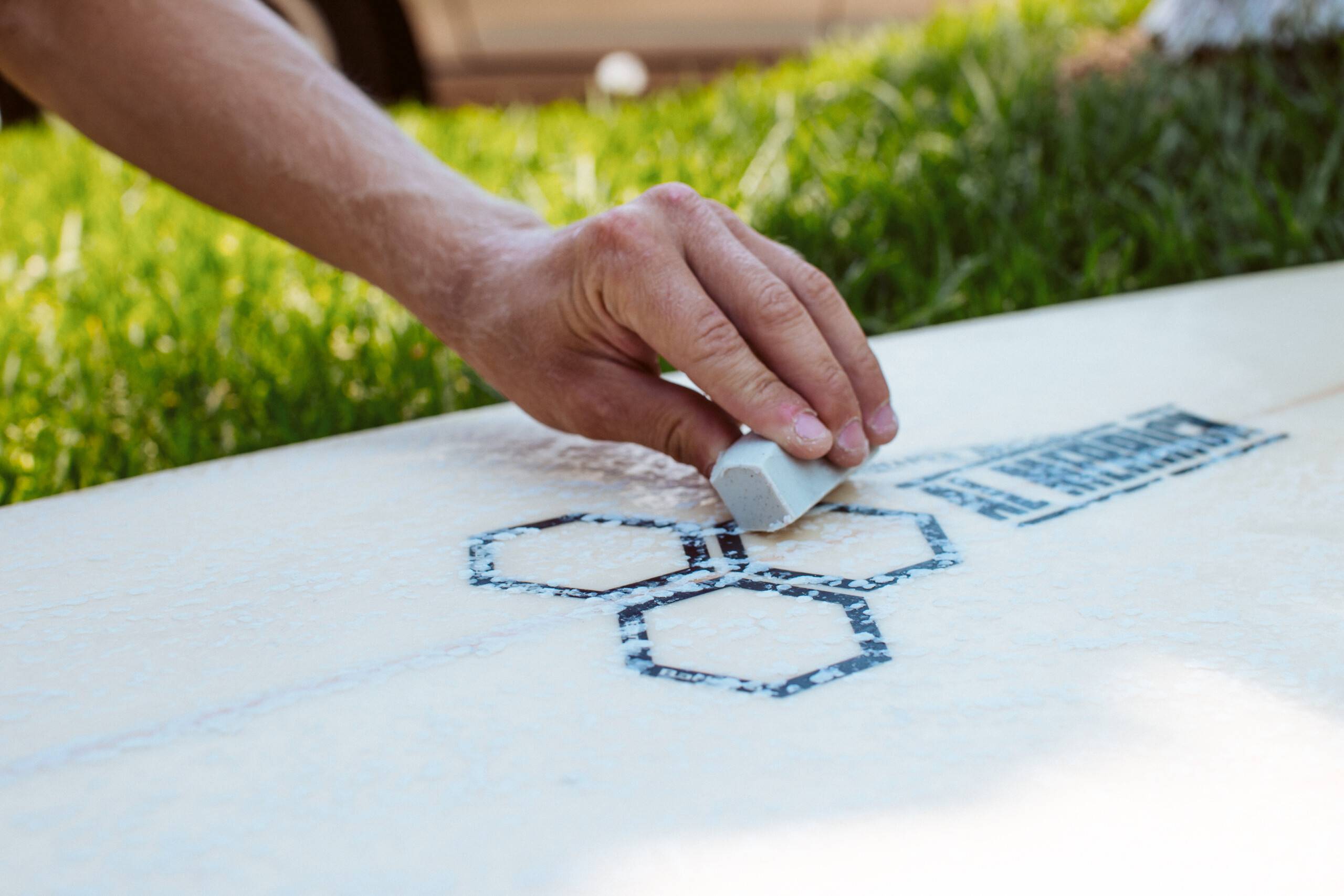When it comes to surfing, San Diego is a paradise for wave enthusiasts. With its pristine beaches and incredible surf breaks, it’s no wonder that people flock to this coastal city to catch some waves. Whether you’re a seasoned surfer or just starting your surfing journey with surf lessons, one essential skill to master is waxing your surfboard. In this guide, we’ll take you through the step-by-step process of waxing your board to ensure optimal grip and performance in the water.
Understanding the Importance of Waxing
Waxing your surfboard plays a crucial role in maintaining traction and control while riding the waves. Without proper waxing, your board can become slippery, making it difficult to stay on your feet. By applying a layer of surf wax, you create a grippy surface that allows your feet to stick to the board, enhancing your overall stability and maneuverability.
Choosing the Right Wax
In San Diego, where the water temperatures can vary, it’s important to choose the right wax for optimal performance. For colder water conditions, consider using a harder wax, while a softer wax is better suited for warmer water. Additionally, some wax brands offer specific formulas for different water temperatures, ensuring you have the right grip for San Diego’s diverse surfing spots.
Preparing Your Board
Before applying wax, ensure that your surfboard is clean and free of any sand or debris. Use a board brush or a soft cloth to remove any dirt, ensuring a smooth surface for wax application. It’s also important to remove any old wax using a wax comb or a scraper. By starting with a clean board, the new wax will adhere better, providing superior grip.
Applying the Wax
Begin by holding the wax firmly in your hand, applying gentle pressure as you rub it against the surface of the board. Use long, even strokes to create a thin, even layer of wax. Apply the wax in a diagonal or crosshatch pattern, which helps to maximize traction. As you wax, the friction generated by your strokes will heat the wax slightly, allowing it to spread more easily.
Creating Base and Top Coats
To achieve a longer-lasting wax job, consider applying a base coat before the top coat. The base coat helps to create a solid foundation for the wax, while the top coat adds the final layer for enhanced grip. Remember to let the base coat dry before applying the top coat, ensuring that both layers bond properly with the board.
Maintaining and Reapplying Wax
Surf wax will wear off over time due to water contact and the friction of your feet. To maintain optimal grip, regularly check your wax for smoothness and traction. If the wax feels smooth or begins to wear off, it’s time to reapply. Remove any remaining wax, clean the board, and start the waxing process again.
Waxing your surfboard is an essential skill for any surfer, especially those seeking unforgettable experiences in San Diego’s pristine waves. By following the steps outlined in this guide, you can ensure that your board remains grippy and responsive, enabling you to ride the waves with confidence and style. So, whether you’re a beginner attending surf lessons or a seasoned pro, take the time to wax your board properly—it’s a small investment that will greatly enhance your surfing experience in San Diego.






